A huge rock hurtles through the empty void of space. Its been orbiting the sun for hundreds of millions of years. But this orbit will be different. This time its trajectory and the orbit of earth intersect. It will impact somewhere in southern Ohio releasing energy equivalent to a large thermonuclear weapon and creating a crater five miles across. Alert the governor, start evacuations! But wait, it’s already too late!
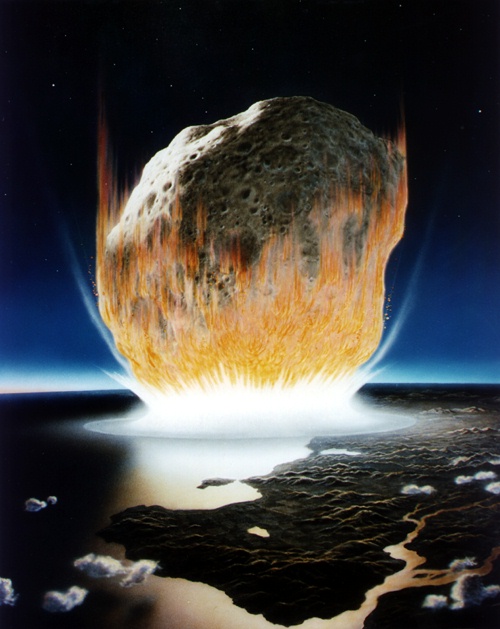
It’s too late because the impact occurred during the Permian Period of the Paleozoic Era, between 250 and 300 million years ago. Over millions of years the crater floor was filled in with the sediment and the crater rim was partially eroded leaving segments of a circular plateau.
Nonetheless the devastation created by the meteor strike is still as plain as day to geologists who have mapped the fractured bedrock surrounding the impact site.
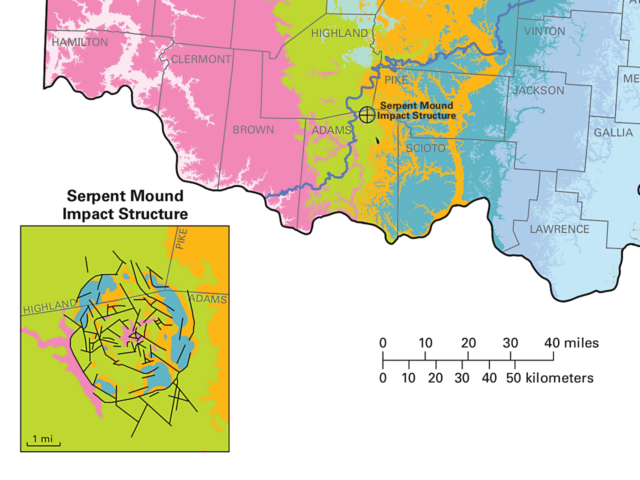
Now lets fast forward hundreds of millions of years. The year is roughly 1000 AD. A shaman of the Fort Ancient people stands on the plateau formed millions of years before by the meteor impact. Behind him in the valley below old growth forest extends miles across the valley to the distant hillsides. He directs his people as they build a huge earthen mound – 3 feet high and 1,348 feet long using wood and stone digging tools. But this will not be a burial mound. No, this mound is in the shape of a great serpent with a body undulating across the plateau and ending in a tightly coiled tail.
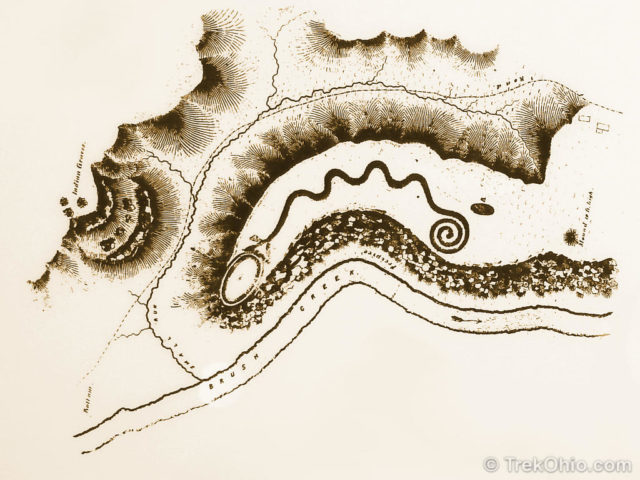
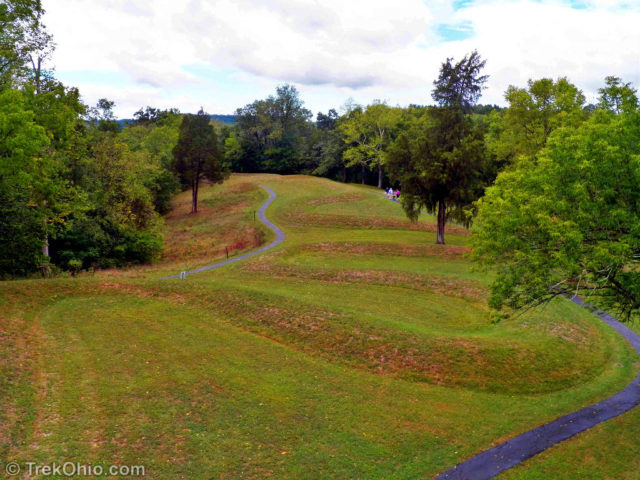
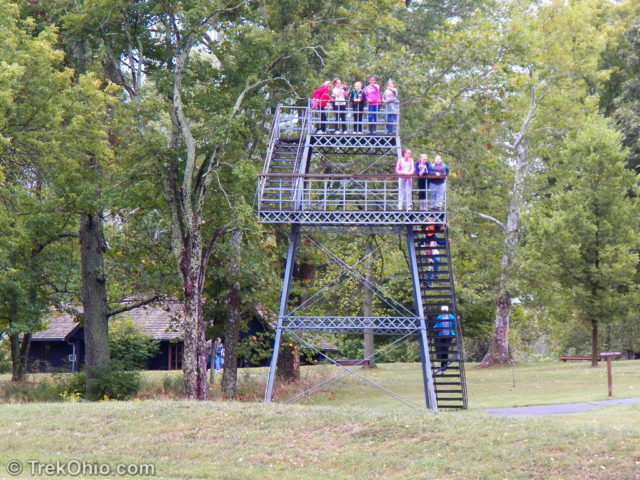
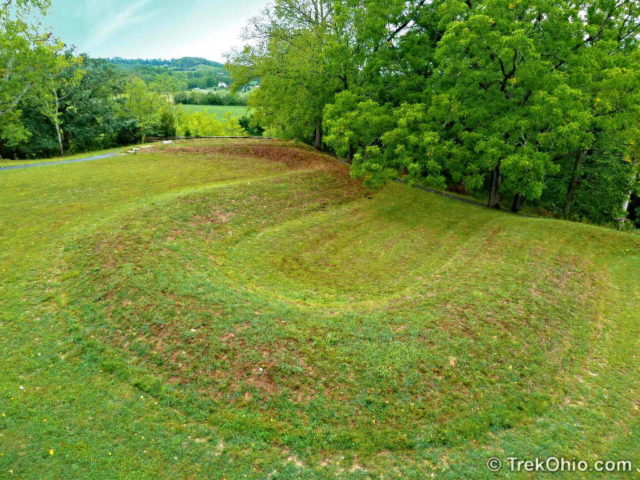
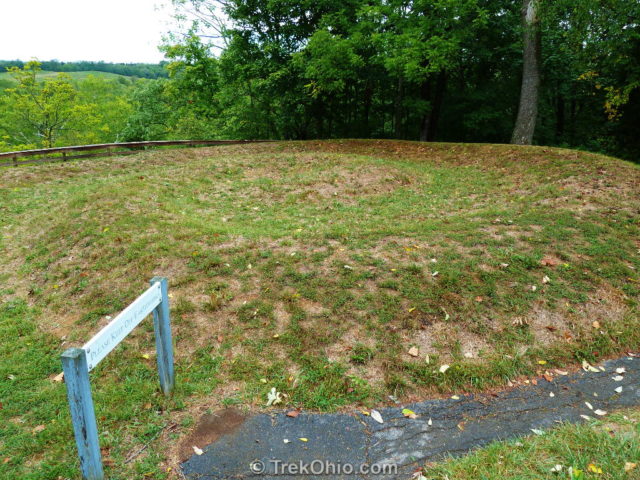
Like a number of Native American earthworks, the serpent appears to have some astronomical significance. The serpent’s head aligns with sunset for the summer solstice (June 21st – longest day of the year). The sun rises over the cliff edge just beyond the tail of the serpent for the winter solstice (December 21st – shortest day of the year). Some have argued that the geometry of the serpent is even related to star positions in the constellation Draco.
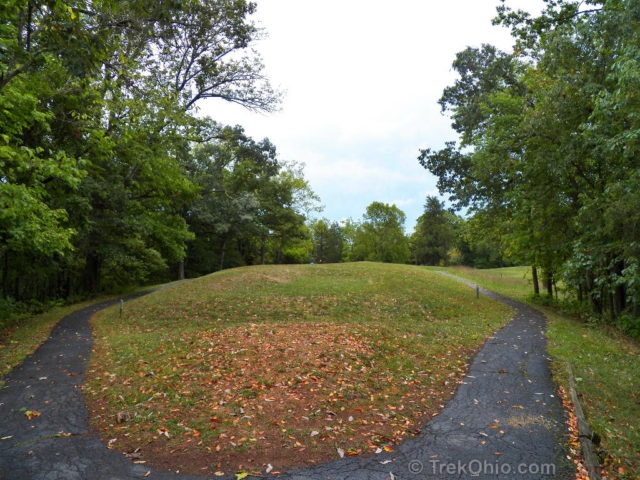
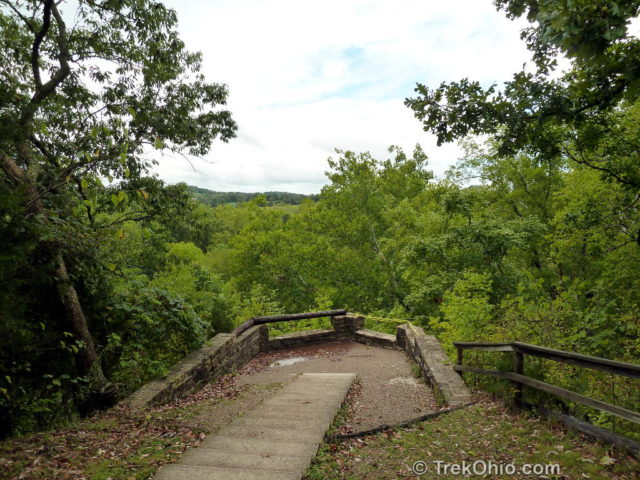
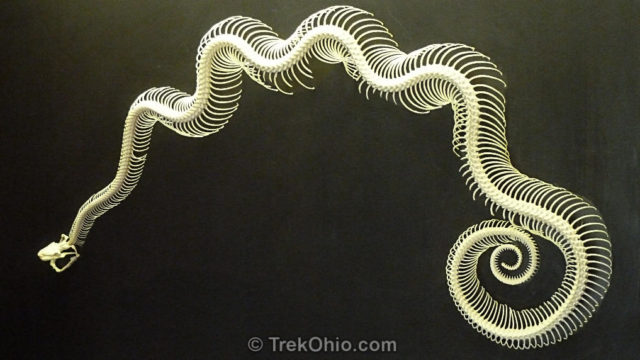
Serpent Mound was America’s first privately funded archaeological preserve. Credit for preserving this archeological treasure largely goes to Professor Frederic Ward Putman and the ladies of Boston who bought the land via a “subscription” in 1887. Once the ladies obtained the land they deeded it over to Peabody Museum of Harvard University where Professor Putman worked. In 1900 Havard transferred ownership of Serpent Mound to the Ohio State Archaeological and Historical Society. This non-governmental agency is now known as the Ohio Historical Society, and it continues to own the land. However the Ohio Historical Society has contracted another non-governmental agency, the Arc of Appalachia Preserve System, to administer the site.
Admission to the park is $7 / vehicle or free for Ohio Historical Society members. Facilities include a parking lot, a (rent-able) picnic shelter, a museum, and hiking trails around the plateau. A metal observation platform was built above the plateau allowing a birds-eye view of most of the serpent effigy structure. A short trail lets you walk around Serpent Mound and has an observation deck for viewing the valley below the plateau. A small museum details the history of the site and the archeological research associated with it.
An annual event is the Lighting of the Serpent – lighting luminaries on the mound for the Winter Solstice (Dec. 21) hosted by Friends of Serpent Mound. A photo can be seen here of the lighting from Miami County News.
Update 01/14/2014
Tim Anderson Jr. recently filmed Serpent Mound from his drone. It’s really shows off the mound, plus it highlights how much higher the ridge where it is located is compared to the surrounding land. It’s good to keep in mind that this is the rim of an impact crater.
Additional information
- The artist’s depiction of an asteroid impact appearing at the top of this article was originally part of a multimedia gallery published by NASA. The gallery was entitled “Asteroid and Comet Impact Hazards,” and it had a URL of http://impact.arc.nasa.gov/gallery_main.cfm. However NASA has since removed the gallery from its site.
- ODNR: Bedrock Geology Map of Ohio – shows location of Serpent Mound and has a diagram (lower left) depicting the Serpent Mound impact structure. An extract of this map appears in this article.
- TrekOhio: Adams County Parks & Nature Preserves — This is the county where Serpent Mound is located; check out this page for links to official sites, plus information on nearby parks and preserves.
- OHS: Serpent Mound Web Site
- Arc of Appalachia: Serpent Mound
- Wikipedia: Serpent Mound
- Metropolitan Museum of Art: Serpent Mound
- Friends of Serpent Mound
Location
Serpent Mound is located at 3850 State Route 73, Peebles OH 45660. The park is open year round during daylight hours. Check the OHS web site for museum hours.
More on Native American History
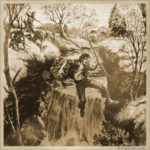

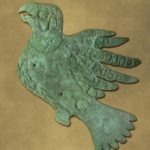
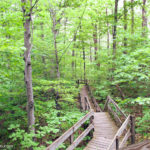
Wow. I love this post! Archeology, sky and nature, they fascinate me very much. The place seems to be worth for visit.
Thank you, Sartenada. 🙂
A couple of years ago I attended a Summer Solstice event at the Serpent. The sun setting over the head of the Serpent is an amazing sight!
I have been reading about the Winter Solstice event where they light the luminaries. It sounds like it would be fun to be there, but I also imagine that there are huge crowds. Wasn’t that true of Summer Solstice, too?